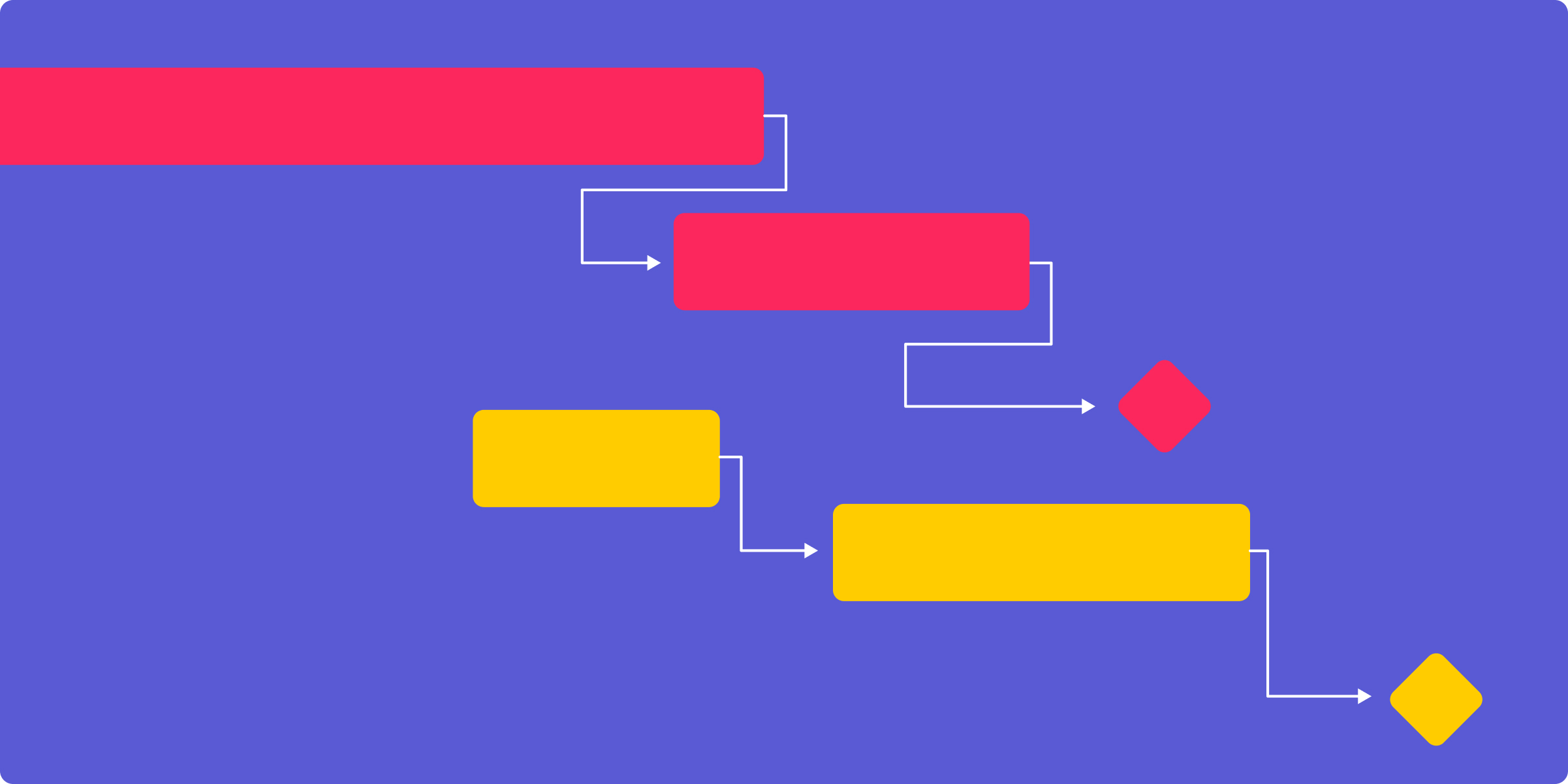For those new to the concept, a Gantt chart is a specific type of bar chart meticulously designed to visualize project schedules. Its primary goal is to provide a clear overview of the timeline for an entire project, including its main components: tasks sub-tasks, milestones, and objectives. Visualisation is essential to the success of a project.
Gantt charts are an excellent tool to manage projects since they’re so clear. The ability of the chart to show timelines and dependencies allows project managers and their teams to easily identify the critical pathway to completing the project. Understanding what tasks are critical to be completed, what needs to be concurrently completed and where possible bottlenecks could occur is key.

The critical pathway is a sequence of tasks that, if not completed on time could extend the timeline of the project. It is important to find and control the critical path in order to keep projects on the right track. Gantt charts simplify this process. By analyzing a Gantt chart, project managers can find tasks which require immediate attention and are able to allocate resources accordingly.
A Gantt Chart consists of a horizontal line, which represents the duration of the project, and vertical bars, also known as lines, which represent tasks individually as well as their beginning and end dates. The bar is a representation of each task, and the location of the bars indicates the relationships between them. Milestones typically are marked by using specific colors or symbols. They are used to mark significant accomplishments of the project.
Beyond their utility for project managers, Gantt charts facilitate efficient collaboration among teams. Everyone on the team has access an entire view of the timeline of the project as well as their own responsibilities. A shared understanding of project objectives and progress fosters an environment for collaboration where everyone is on the exact same page.
Gantt chart monitoring is another area where they excel. With a quick glance at the chart team members and others can evaluate the current state of each individual task and the overall project. This transparency in real-time ensures that any problems or delays are quickly identified, allowing quick adjustments and mitigations.
The range of applications for Gantt chart is extended to different industry types and project types. If you’re in charge of a software development project that involves multiple code tasks or a construction venture with complicated dependencies, or even a marketing campaign that requires a lot of deliverables Gantt charts can adapt to meet your needs.
Gantt Charts: The Magic of Project Success
Imagine a scenario in which a manager of a construction company decides to embark on the construction of an office. The project includes a number of tasks, starting from the preparation of the site and building foundations, to interior design. Delays could delay the time frame for completion of the project.
With a Gantt Chart the project manager can plan and track each step with accuracy. It becomes apparent that certain tasks depend on one and the other. For example, interior design should be completed prior to the construction work begins. Landscape work can also start concurrently with other tasks. The most critical path is identified and resources allotted according to the need.
Project Management Tools of the Best: Gantt Charts in Focus
Gantt Charts are an important tool in project management. These visual tools streamline the process of planning and executing a project. They enable teams to cooperate, work in harmony, and align with the goals of the project and respond to any deviations in the plan.
Always on-time delivery How Gantt Charts Help Keep Projects On The Right Track
Gantt charts have a unique ability to ensure that projects remain on track, and deliver on time. With a clear and comprehensive view of project timelines, dependencies, and critical paths, Gantt charts empower project team members and managers to make informed choices and make changes as required.
In the ever-changing environment of project management where unexpected problems and changing priorities are the norm, the Gantt chart is a reliable all-weather friend. Gantt charts are an extremely effective tool for managers that strive for excellence. Its versatility, simplicity and capability to visualize success makes it a crucial part of any arsenal. If you’re planning to embark on a project management journey, consider harnessing the magic of the Gantt chart to tap into the potential of your project and ensure timely delivery every time.